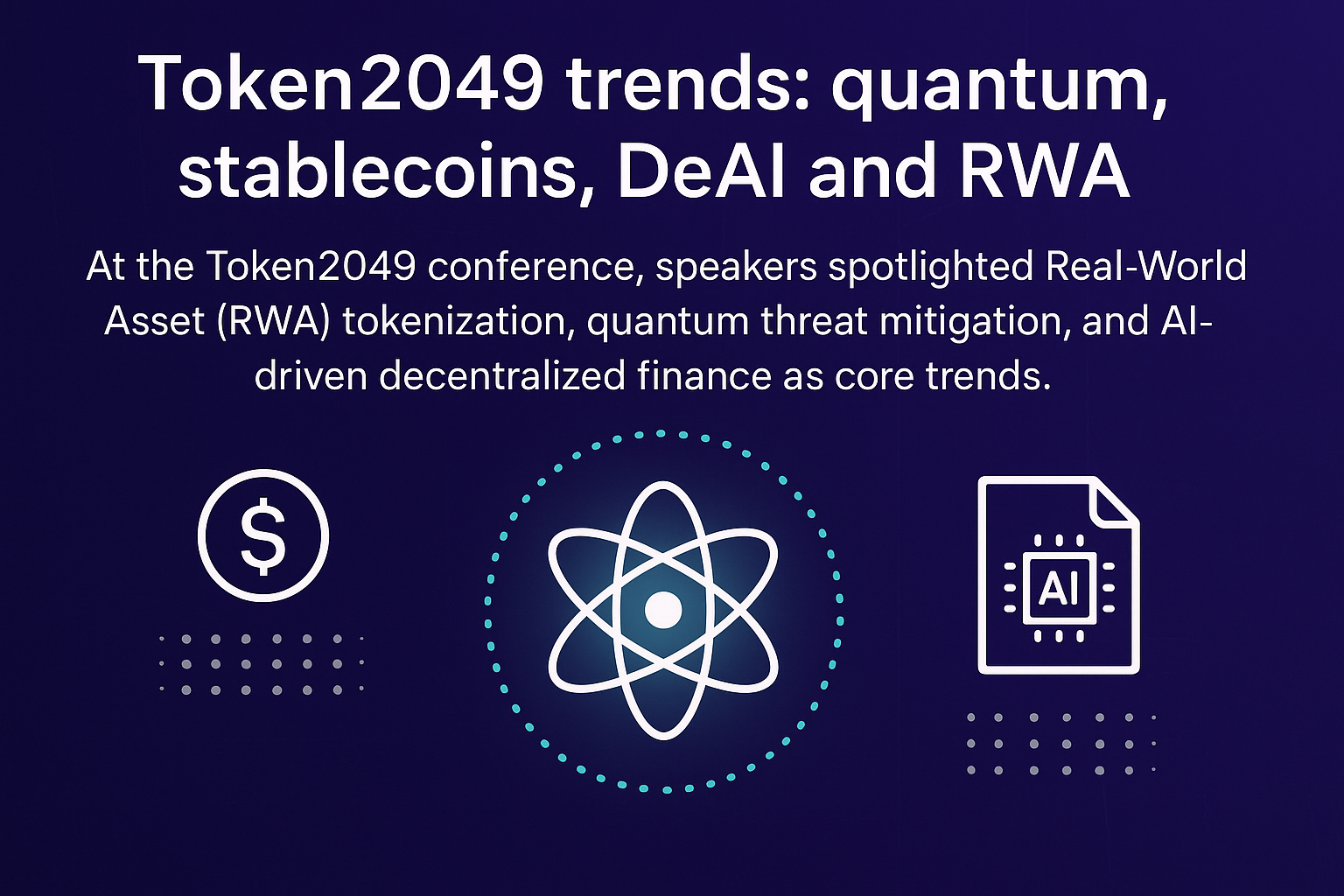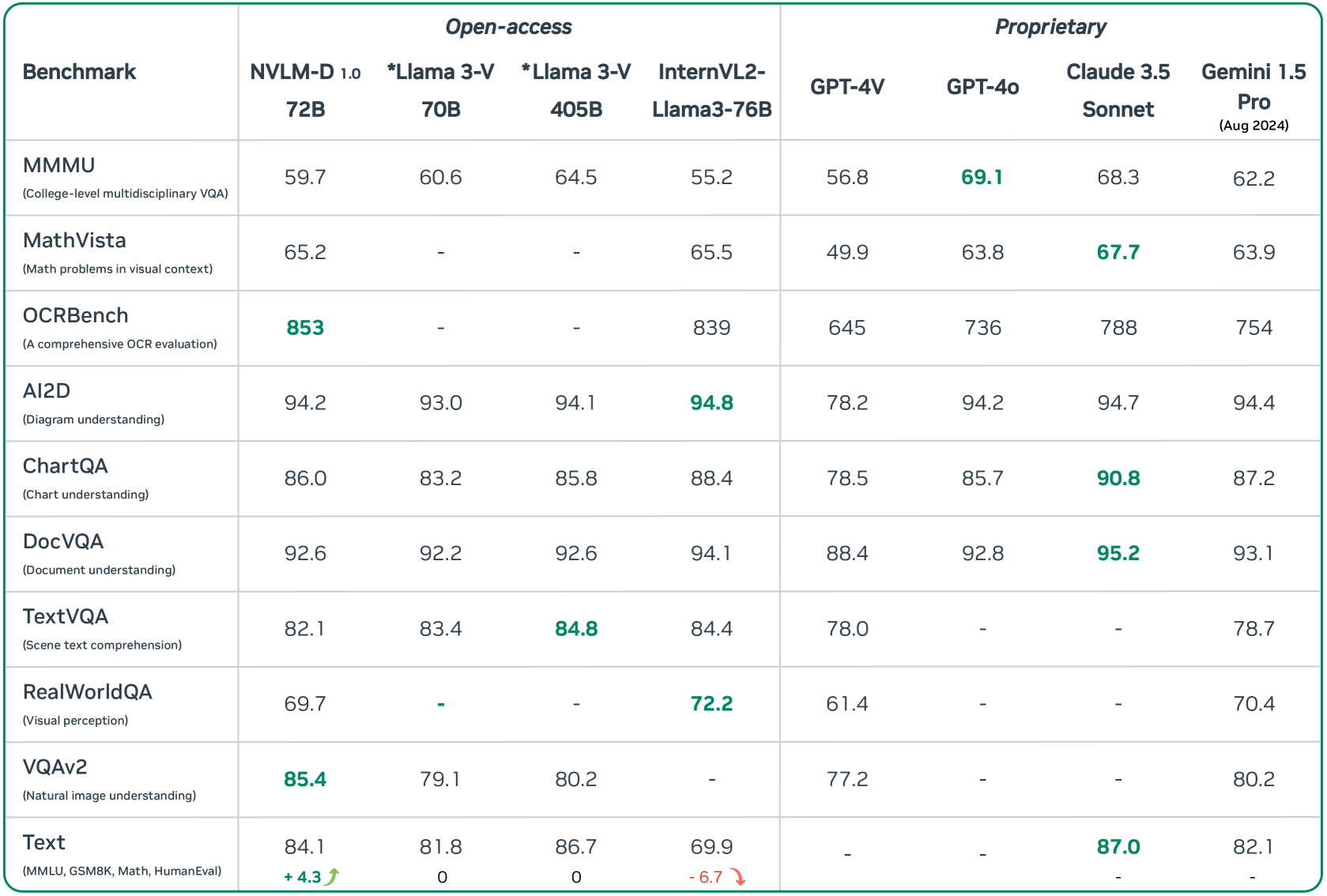The Token2049 conference once again became the focal point of the global crypto and blockchain community, drawing together innovators, developers, investors, and policymakers from around the world. This year’s edition was dominated by four major themes that are shaping the next chapter of digital finance: quantum technology, stablecoins, decentralized AI (DeAI), and the tokenization of Real-World Assets (RWA).
1. Quantum Computing: A Looming Challenge and Opportunity
Quantum computing was no longer discussed as a distant threat but as an imminent reality. Experts warned that quantum advances could potentially break traditional cryptographic algorithms—a foundational concern for blockchain networks relying on RSA and ECC encryption. However, the conversation was not all about risk.
Forward-looking projects presented quantum-resistant cryptography and hybrid encryption layers, offering practical steps to ensure that blockchain ecosystems can remain secure in a post-quantum era. The transition toward quantum-safe infrastructure is seen as essential for maintaining long-term trust in decentralized systems.
2. Stablecoins: The New Financial Backbone
Stablecoins have matured far beyond their role as trading instruments. At Token2049, several panels explored how stablecoins are becoming the backbone of on-chain finance, enabling remittances, cross-border settlements, and yield-bearing instruments tied to real-world economies.
The discussion highlighted the shift from speculative assets to utility-driven digital currencies. Regulatory clarity across regions—particularly in Europe and Asia—has further legitimized stablecoins as reliable tools for financial inclusion and liquidity management.
A striking trend is the rise of programmatic stablecoins, integrated into smart contracts and automated financial protocols. These developments hint at a future where fiat and crypto coexist seamlessly within global finance.
3. Decentralized AI (DeAI): Intelligence Meets Autonomy
Artificial Intelligence has long powered centralized data giants, but DeAI aims to redistribute intelligence across decentralized networks. This concept dominated several keynote talks, where developers showcased how blockchain can ensure AI transparency, provenance, and equitable data access.
Projects in this space are merging machine learning with decentralized infrastructure, allowing AI models to train and operate on-chain without central control. The potential implications are vast—from autonomous trading systems to AI-powered DAOs (Decentralized Autonomous Organizations) capable of making independent investment or governance decisions.
The synergy between AI and blockchain may well define the next wave of digital innovation, fostering trustless intelligence that serves collective rather than corporate interests.
4. Tokenization of Real-World Assets (RWA): Bridging Digital and Physical Value
If one theme encapsulated the conference’s tone, it was tokenized real-world assets. From real estate and treasury bonds to art and commodities, RWA tokenization is redefining how ownership, liquidity, and access are perceived in finance.
Panelists from institutions and startups alike emphasized that tokenized RWAs could unlock trillions in illiquid value, bringing transparency and efficiency to markets that have historically been slow and opaque.
Platforms leveraging blockchain for fractional ownership and compliant asset issuance are rapidly gaining traction. The convergence of blockchain regulation, institutional adoption, and on-chain settlement tools is paving the way for RWAs to become the anchor of mainstream blockchain adoption.
A Converging Future
Token2049 2025 made one thing clear: the boundaries between finance, computation, and intelligence are dissolving. Quantum technologies are forcing a rethinking of security, AI is decentralizing cognition, stablecoins are standardizing liquidity, and RWAs are grounding crypto in the tangible world.
The industry is maturing—from speculative narratives to infrastructure-level transformation. The interplay between these four domains will determine how the next decade of digital assets unfolds.
As blockchain steps into its post-hype phase, the focus is no longer just on decentralization for its own sake—but on interoperability, trust, and real-world impact. Token2049 showed that the future of finance is not merely digital—it’s quantum-aware, AI-empowered, and anchored to the real economy.




